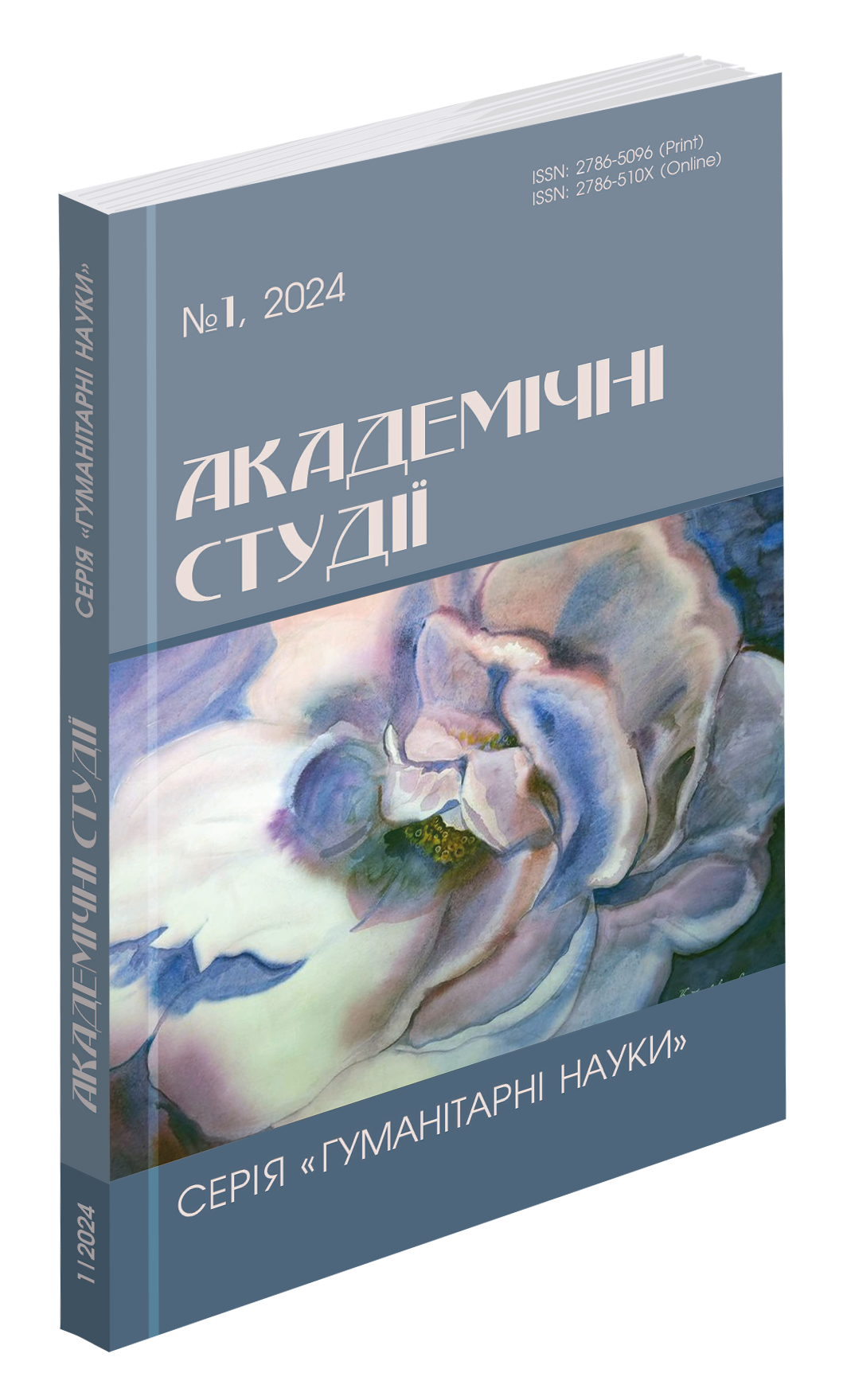Abstract
Audiovisual translation is gaining popularity thanks to a dominant number of foreign movies in the Ukrainian market which need multi-facet translation. Audiovisual translation is mainly represented by subtitles, voiceover and dubbing. The latter one is more often used for translation of animated and feature movies. Dubbing means changing of the original audio track with dialogue lines by their recording in the language of the target audience. Dubbing presupposes that audio and video of the original movie are synchronized at phonetic, temporal and notional levels. Phonetic synchronism demands that articulation movements correspond to the sounds produced by movie characters. The initial sounds are usually the most crucial as their articulation is easily observed on characters’ faces in close-up scenes. Timewise the sound track should not fall behind the video image. Temporal synchronism is provided by isochronism, that is, an equal duration of lines and pauses in the original and dubbed versions, and dramatic synchronism, the latter reflects the influence of gestures, facial expressions, movements, actions and other extralingual information in dubbing. Semantic synchronism means providing adequate translation of the notions. Dubbing of animated cartoons is characterized by relative phonetic synchrony due to vague and unclear lip movements produced by the characters. Still isochronism is necessarily observed. The strategies used for balancing the length of character’s lines are speeded syllable pronunciation or addition of syllables, though there are cases of identical number of syllables in original and dubbed dialogue lines. At the same time semantic synchronism and high-level acting are crucial for animated cartoon dubbing as children are the most demanding audience.
References
Гудманян А. Г. Критерії добору ліпсинк-відповідників в українському дубляжі англомовних анімаційних фільмів. Наукові записки Національного університету «Острозька академія». Серія «Філологічна». Острог : Вид-во НаУОА, 2017. Вип. 67. С. 93–95.
Макгауен Т. Аудіовізуальні тексти як предмет дослідження у західному перекладознавстві. Актуальні проблеми сучасного перекладознавства : збірник матеріалів ІІІ Всеукраїнської науково-практичної конференції з міжнародною участю (м. Черкаси, 07 грудня 2023 року) / Гол. ред. І. М. Литвин; Черкаський національний університет імені Богдана Хмельницького. Черкаси, 2023. С. 87–90.
Перванчук Т. Б. Аудіовізуальний переклад: основні види та особливості. Вчені записки ТНУ імені В. І. Вернадського. Серія : Філологія. Журналістика. Том 32 (71) № 4. Ч. 2. 2021 С. 121–126.
Полякова, О.В. Стратегії добору ліпсинк-відповідників в українському дубляжі англомовних анімаційних фільмів : дис. … канд філол наук : 10.02.06. Одеса, 2015. 263 с.
Поганці (мультфільм). URL: http://surl.li/sfqpv (дата звернення: 22.03.2024).
Bosseaux Ch. Investigating Dubbing: Learning from the past, looking to the future. The Routledge Handbook of Audiovisual Translation. Ed. by Pérez-González L. New York : Routledge, 2019. P. 48–63.
Cambridge Dictionary. URL: https://dictionary.cambridge.org/dictionary/english/ooh (дата звернення: 22.03.2024).
Chaume F. Teaching synchronisation in a dubbing course: Some didactic proposals. The Didactics of Audiovisual Translation. 2008. XII. P. 129–140.
Tsura, S.V. Stylistics of the English Language. Черкаси : Вид. від. ЧНУ імені Богдана Хмельницького, 2008. 68 с.
Tveit, J.-E. Dubbing versus Subtitling: Old Battleground Revisited. Audiovisual Translation: Language Transfer on Screen. Ed. by Cintas J.D. and Anderman G. New York : Palgrave Macmillan, 2009. P. 85–96.
Venuti, L. Strategies of Translation. Routledge Encyclopedia of Translation Studies. 2001. P. 240–244.
What is Dubbing? // URL: https://nofilmschool.com/what-is-dubbing (дата звернення: 22.03.2024).
Zabalbeascoa, P. The nature of the audiovisual text and its parameters. The Didactics of Audiovisual Translation. Ed. by Cintas J.D. Amsterdam/Philadelphia : John Benjamins, 2008. P. 1–38.

